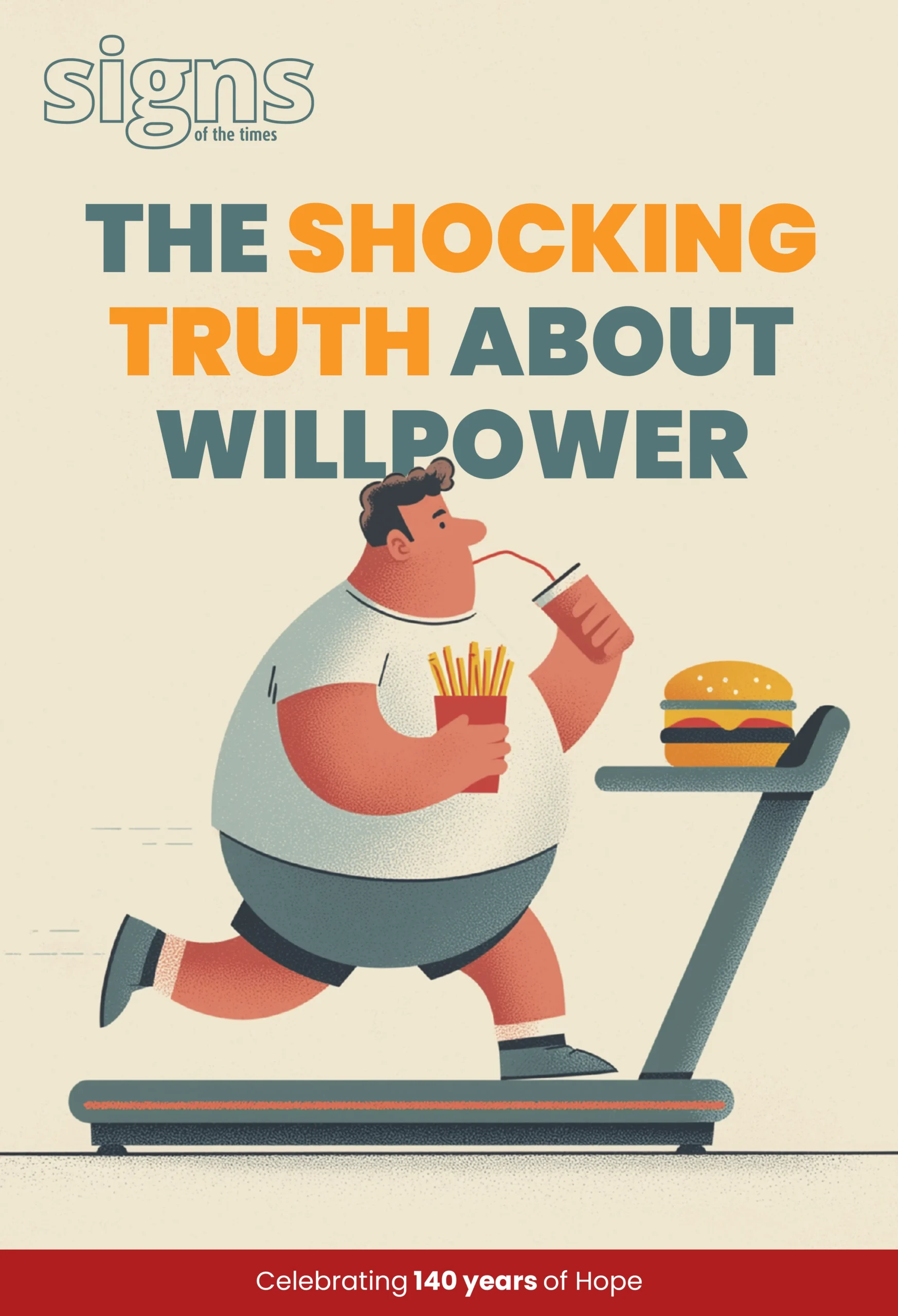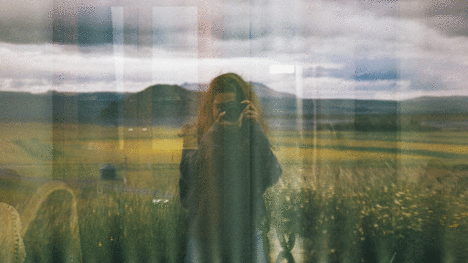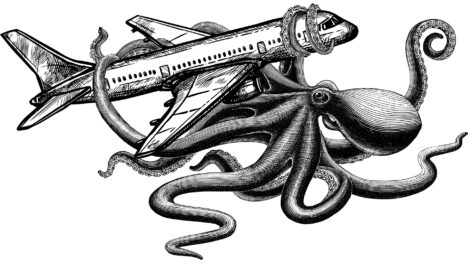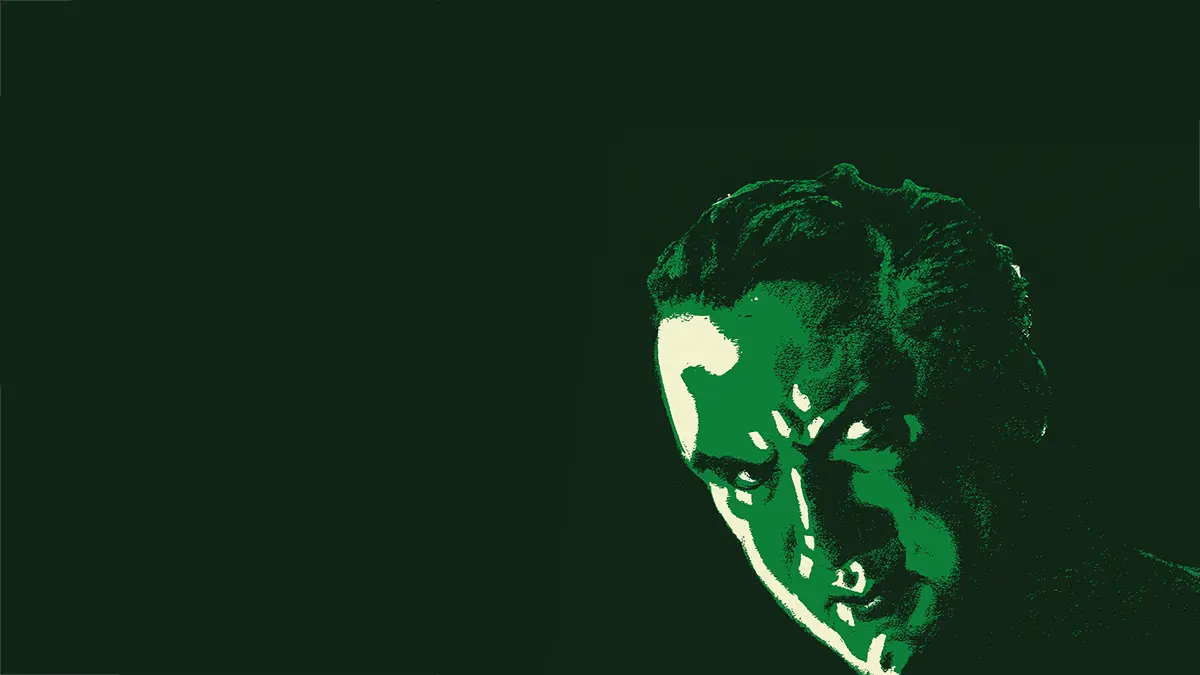
The train departs Bucharest, Romania’s “little Paris”—the old city section with beautiful architecture and impressive monuments, giving way to Communist-era apartment blocks. The plain outside the city is flat and featureless, broken now and again by a grove of trees—mysterious and impenetrable to the gaze. Decrepit houses, tattooed with graffiti, a splash of colour to contrast the uniform grey buildings, marching aimlessly past the window. Every so often, rail crossings mark inhabited hamlets. We pass many an empty train platform along the way.
I’m heading to the region of Transylvania, a well-known province of Romania with postcard-worthy vistas. But here, leaving Bucharest, it feels a world away from the patchwork quilt of beige, pale yellow and concrete shades that turn the world grey. Fields of stubble are the earth’s five o’clock shadow. Factories and warehouses sprint by.
As we draw near to Dracula’s domain, we finally see green fields and hills that look very Australian. Among them, a flock of sheep fight birds for something they’re eating in the grass. We start to rise. Autumn is more evident here than the plains, and the trees and houses alike are decked out in more interesting styles and colours.
A river sidles up to the tracks. We pass a weird installation—giant gold balls on the lawn and two giant, giraffe-deer hybrid sculptures—like some kind of alien observatory. Maybe Transylvania is getting closer after all.
As we draw near to Dracula’s domain, we finally see green fields and hills that look very Australian
The houses start giving Austrian vibes; pitched roofs and cute shutters, with window box flower beds. As we follow the river valley, the hills and trees get bigger as we go further up and further in.
Sinaia is a picturesque station. Classic architecture, with a chalet resort feel. It’s the sort of place I’d love to jump out at, visit a café and spend an hour in before continuing my journey.
There is a Christian cross on a mountain-top—a comforting site as we head into a land that is famed for its demons and devils. Houses here are built right against the train tracks, without a fence or anything. There is frost on the ground, crystallising the small ferns and greenery there, evidence we’re getting higher up.
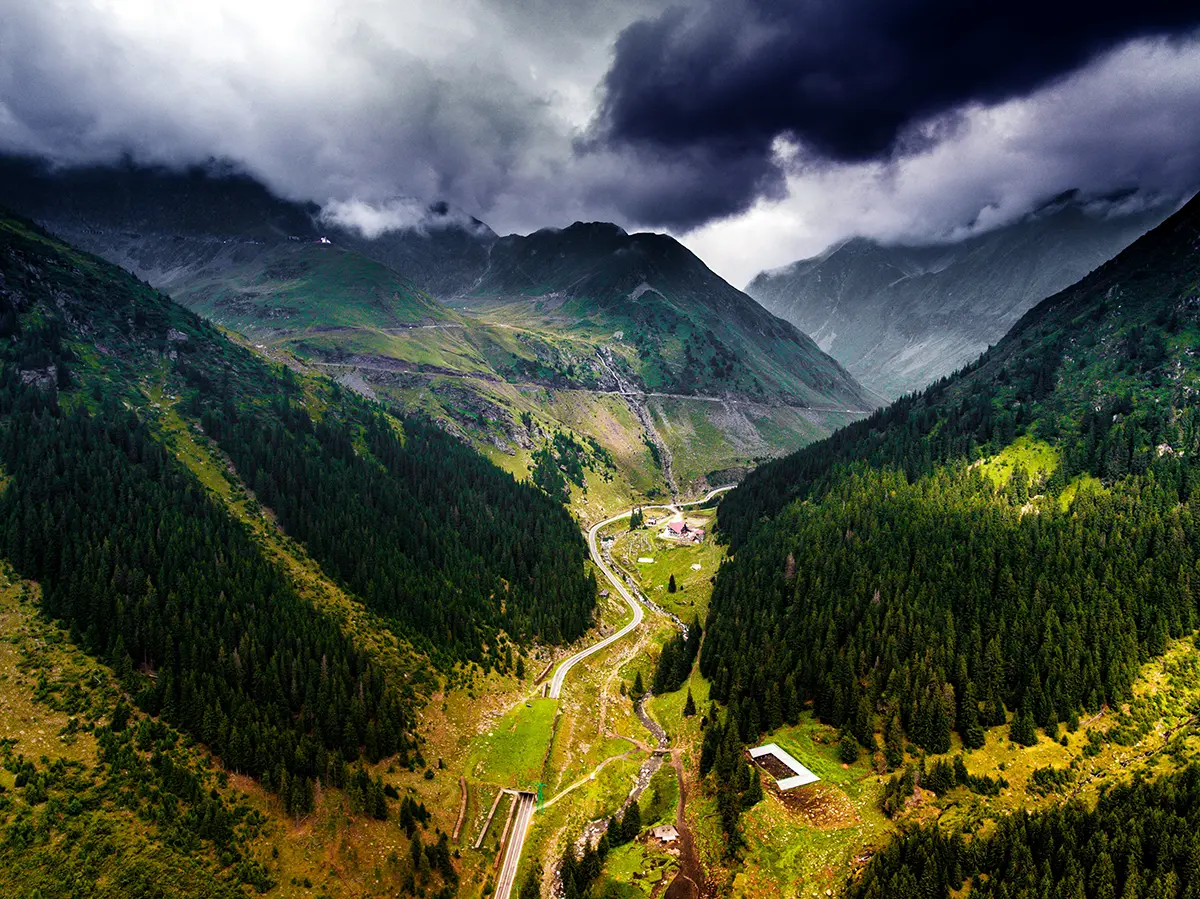
When I get off at bustling Busteni station, I’m met by Flaviu, who works with ST Network (Signs of the Times Romania). He’s my guide for the day and originally from Bran, he is taking me to see the sights in this beautiful part of the world.
Transylvania has become a home for myths and monsters. But where did this association come from?
the home of Dracula
We park a few blocks away, and it takes some time figuring out how to use the parking system. There are plenty of tourists already, rugged up against the mountain air, and heading up towards the glorious Bran Castle. Since I was a boy, reading of knights and kingdoms, I’ve loved a good castle and Bran, sitting regally above the township, has the looks, a back story and a location that could be envied by many an aspiring celebrity castle.
Bran Castle has housed Romanian royalty, but its most famous resident was probably the infamous 15th century Wallachian prince, Vlad the Impaler (Vlad III).
Many claim Vlad is the inspiration behind Bram Stoker’s titular character Dracula, an aristocratic vampire whose depiction has influenced culture and had a multitude of iterations and lore added since the gothic novel was released in 1897.
An information board in the castle provides some of the context of where the title Dracula came from, and some of the reality behind the myth. Vlad’s father (also Vlad) was the first to get the title Dracul after he was appointed to the Dragon guards (sounds cool), protectors of Western Europe against the Ottoman Turks. Vlad III used his father’s title and that’s where Dracula comes from (son of Dracul or dragon/devil). The other title Vlad is known by is “Vlad the Impaler”, on account of his fearsome reputation for cruelty, including impaling his enemies on a large stake.
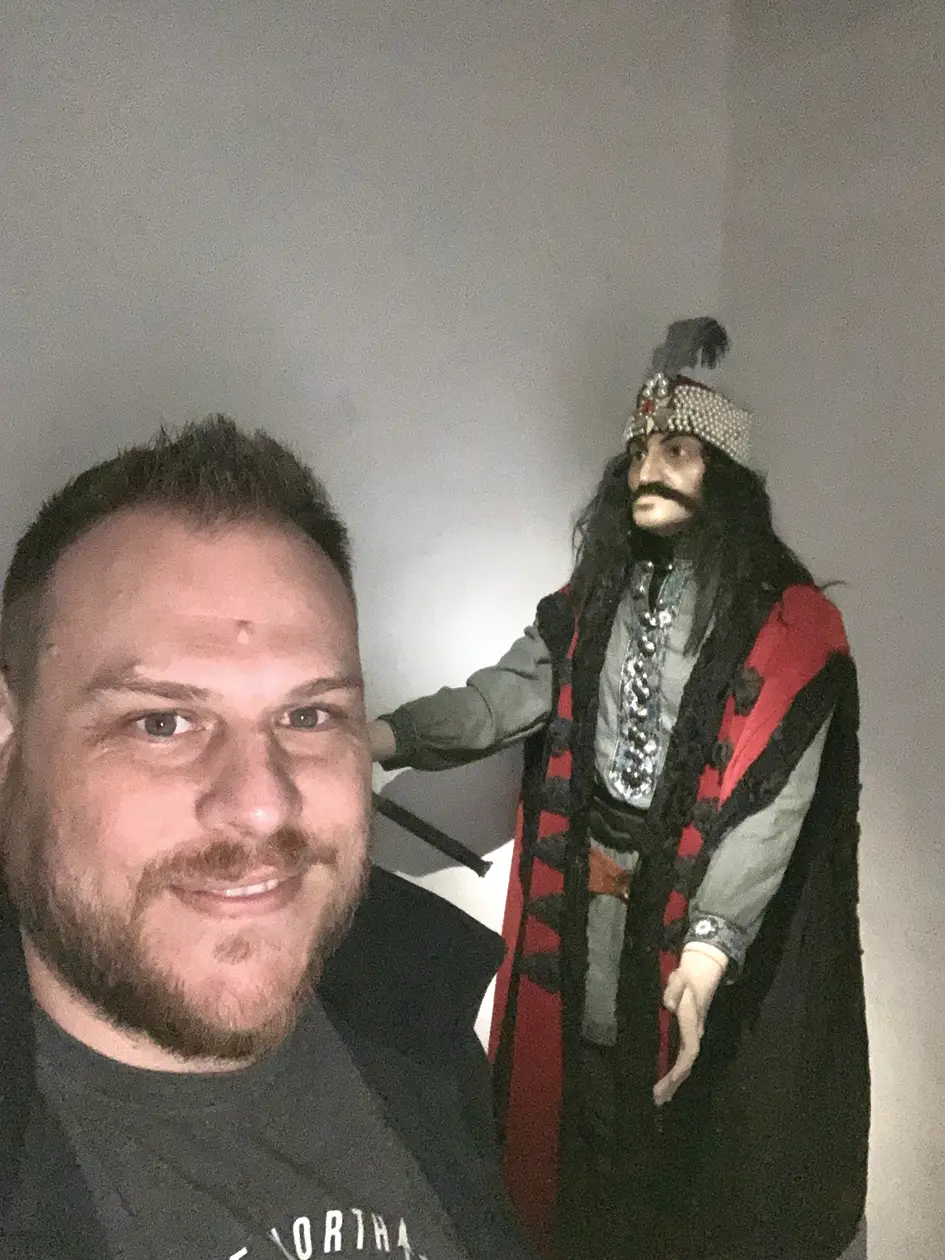
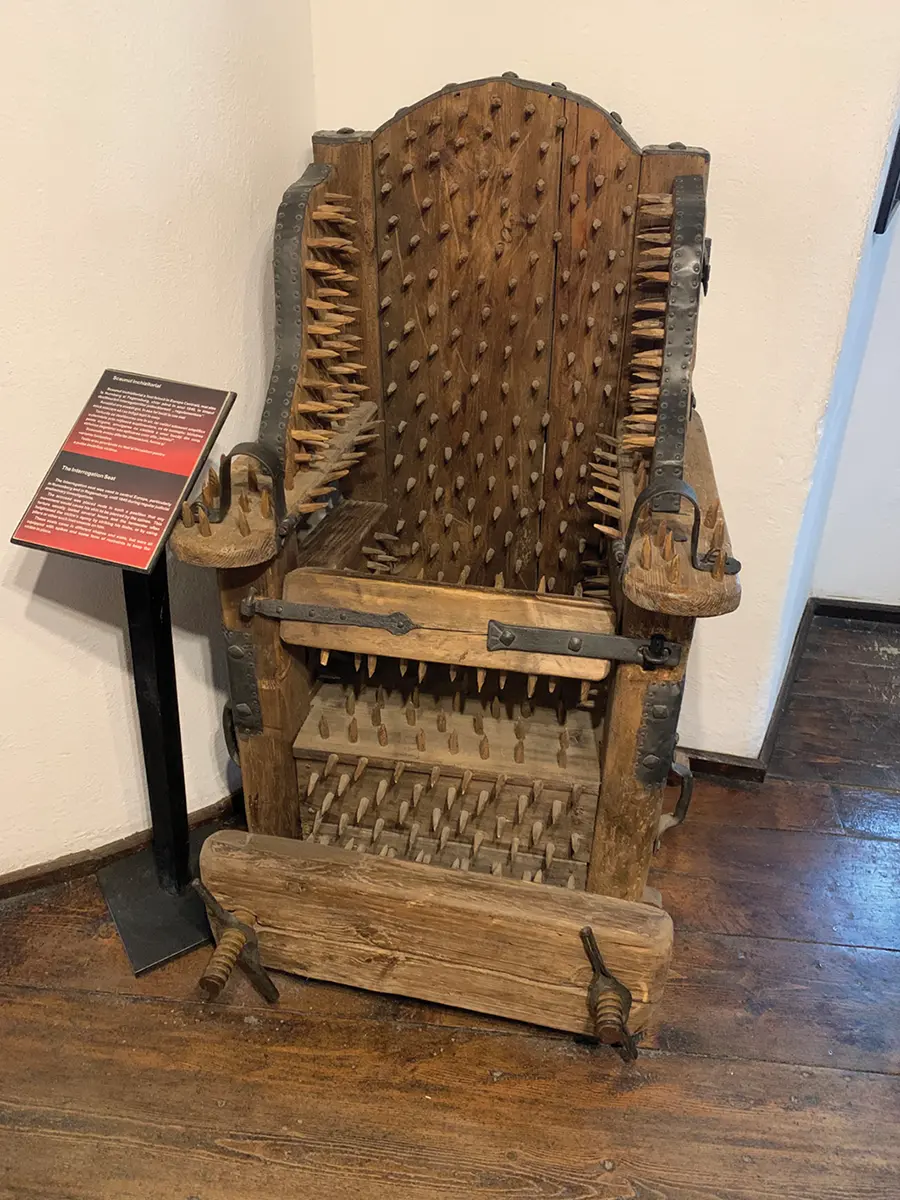
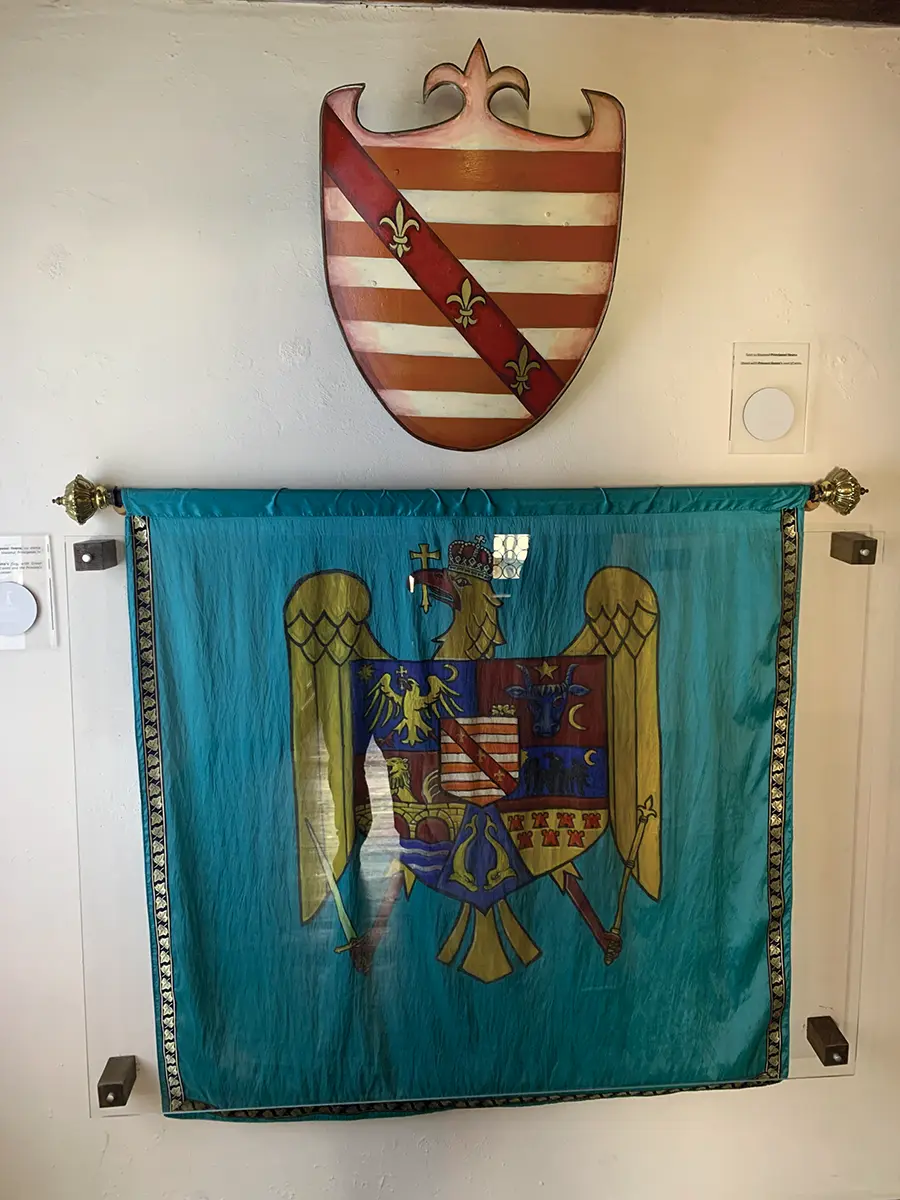
We can be fairly certain that Vlad III was not a shape-shifting vampire; just a man, betrayed by his family, slandered by his enemies and perhaps even someone who leaned into the reputation of cruelty in his lifetime, to cultivate some fear around his name.
However, the castle really leans into its supernatural associations and the famous Count. The courtyard and castle garden were adorned with orange jack-o-lanterns, cobwebs and other Halloween-y kitsch. There was a torture museum on one level of the castle and some of the darkened rooms upstairs had displays dedicated to folk stories and Romania’s mythological “history”.
Featured were creatures like the Solomonari, sorcerers who could summon dragons and were taken as children to learn witchcraft and magic. The Santoaderi were half-horse, half-human beings that would punish those who hadn’t finished all their work before Holy Week celebrations with a horrible death. The beauties, earthbound sirens who would lure unsuspecting travellers into traps. A hologram of these ethereal apparitions danced around the room. Even the Grim Reaper got a mention—Death’s courier, who would come as a thin, figure dressed in black or white, or a hunchbacked old woman—commonly seen before someone was about to die.
These tales, perhaps used to keep children inside and out of the dark, are common to many cultures and have been shared since time immemorial.

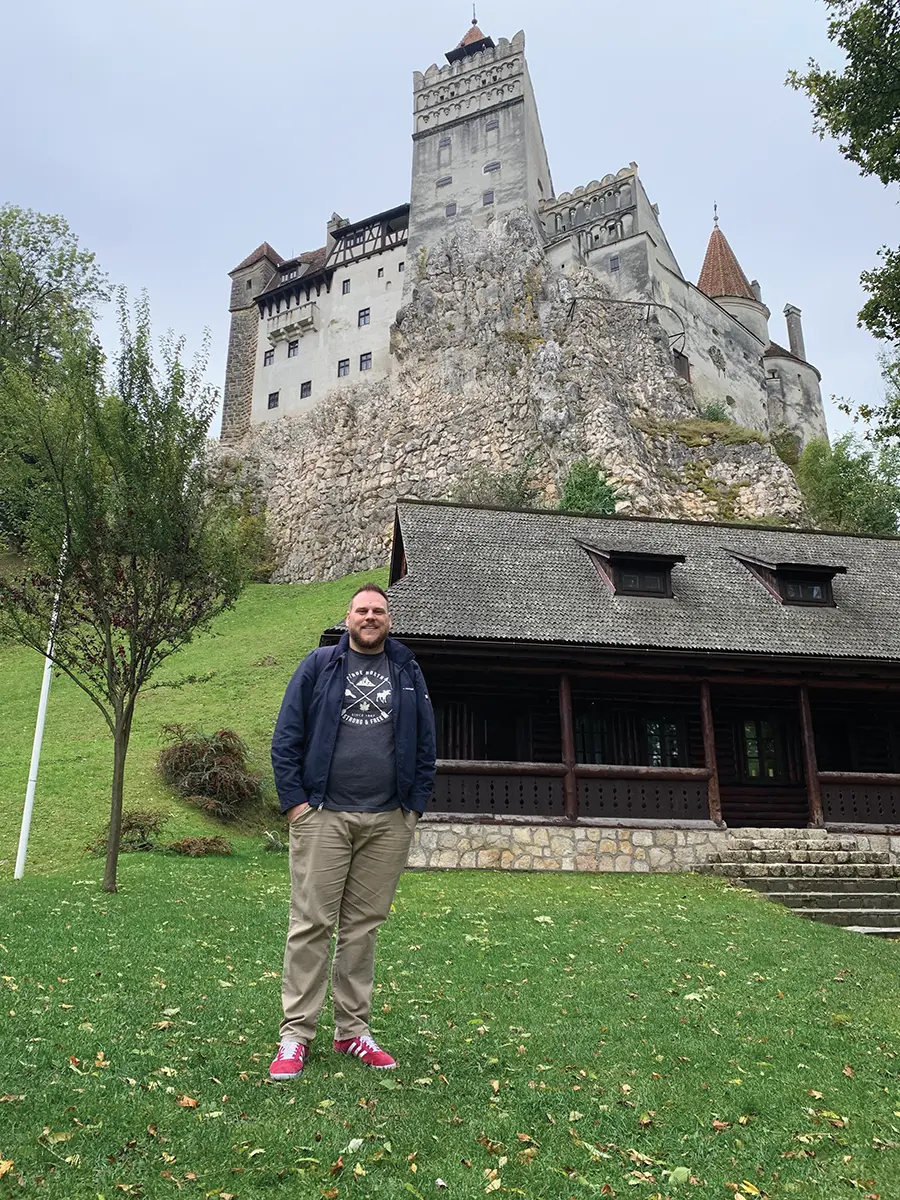
There is perhaps a useful function to them, a caution to keep people from unsafe or risky behaviour (like travelling in the dark). The reality was that for medieval villagers, disaster sometimes lurked outside the safe walls of the community. One could get raped, robbed or captured and traded into slavery and servitude. So fear was an essential tool for avoiding wickedness and evil.
Some people get a thrill from scary, spooky stories. I don’t see the allure and have never been a fan, but it was interesting to see the castle’s attempt to tap into that interest. I’m not sure what draws people to all of that, but underlying it seems to be an attempt to explain mystery and tragedy when there are no obvious answers.
Full disclosure: I do believe that there are powers beyond the natural that can and do have an impact or influence in this world. And those “forces” are not always benign or positive toward humanity.
The apostle Paul, one of the earliest opposers to and then advocates for Christianity, described it this way: “For our struggle is not against flesh and blood, but against the rulers, against the authorities, against the powers of this dark world and against the spiritual forces of evil in the heavenly realms” (Ephesians 6:12).
In Paul’s worldview, there is a great spiritual battle going on behind the scenes. There are malevolent forces in the world that hope to see us harmed. But we don’t need to be afraid of monsters, demons, phantoms or ghosts.
Today, we are more commonly afraid of other things. Random accidents, cancer and circumstances out of our control. People ripping us off, scammers, having our hearts broken or dysfunctional and toxic people in our lives. The apostle Paul goes on in the passage we read above to suggest we don’t have to be afraid of evil because God has ultimate power over it. He describes a suit of armour, commonly called “the armour of God” by Christians, that can give us tools for protection. “Therefore put on the full armour of God, so that when the day of evil comes, you may be able to stand your ground” (v13). He suggests including truth, right behaviour, God’s Word and faith as things that can protect us, stopping us from finding trouble and helping us to stand against evil. They can also minimise the harm evil can do to us, because they are anchored to an external source of power: God. Paul tells us how we can tap into this ultimate power source. “And pray in the Spirit on all occasions with all kinds of prayers and requests” (6:18). Prayer connects us to God, who can offer protection and peace in the face of difficult situations.
While evil continues to exist, in the open and behind the scenes (even in commercialised or softened forms—Halloween kitsch is not as threatening as being impaled on a stake), there is a source of goodness and life that we have access to. God wants to know us, to support us and to help us.


